Architecture for Humanity completes 20 "Football for Hope" Centers across Africa
By Bustler Editors|
Thursday, Jul 17, 2014

Related
With the 2014 FIFA World Cup just coming to a spectacular finale in Brazil, it's a perfect moment for Architecture for Humanity to announce the completion of 20 centers for 2010, a Football For Hope program and partnership legacy of the 2010 World Cup in South Africa.
Launched in 2007 by FIFA and streetfootballworld as a social legacy initiative, the program was tasked to build 20 community centers across 15 African countries for the benefit of local organizations. The centers address education and public health issues, using soccer as a tool for social development.
Find more information about the Football for Hope Centers below.
"Football for Hope (FFH) was created to enhance dialogue and collaboration between locally active organizations advancing social development and football associations, committed clubs and players, professional leagues as well as involved commercial partners. This initiative aims to further utilize the role of football in society in order to contribute to the achievement of the UN Millennium Development Goals. The program also aims to establish measurable successful results for sustainable social and human development programs working with football as the central tool in the areas of Health Promotion, Peace Building, Anti-Discrimination & Social Integration, Children's Rights & Education and the Environment, thus supporting best practice in the field."
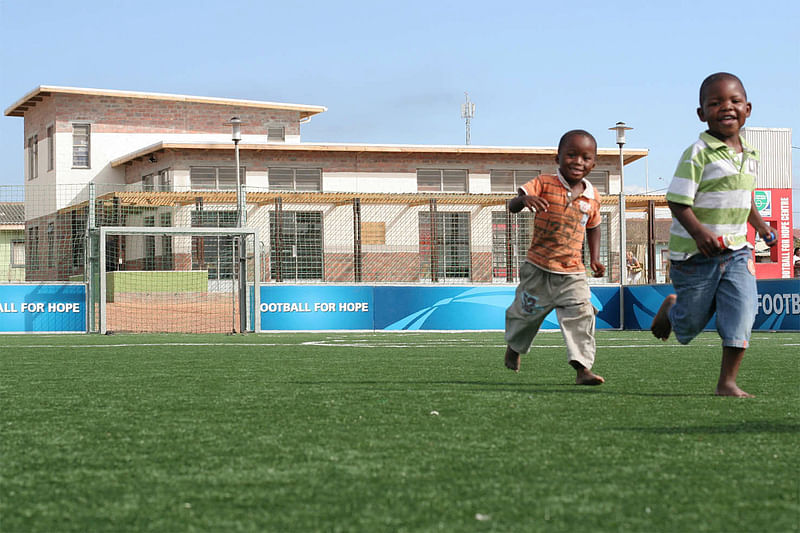
"In 2008, Architecture for Humanity was asked by streetfootballworld to manage the implementation, design and construction of the 20 centres. Working hand in hand with teams of local consultants and designers, the organization developed 20 different designs, each fitting to the local context and the need of the local community. For each project a qualified design professional was sent by Architecture for Humanity to live and work near the project site, embedded in the local community. This distinctive way of working enabled a direct contact with the local community ensuring their needs were heard and they were involved during the whole project process. Architecture for Humanity completed their partnership with 22 centre designs submitted and 19 built and operational centres."

"“Football For Hope creates positive social legacy from the world’s favorite sport by breaking down social barriers and training the next generation. The unique design approach to every centre in our program allowed each community to integrate their own identity, which may be the greatest asset in the years to come. I sincerely hope others can learn from these successes and hopefully replicate similar programs in the future,” Darren Gill, Architecture for Humanity, Regional Program Manager."

"Through sports and integrated programing, participants are exposed to opportunities that they may not learn elsewhere. The sport teaches them life skills such as confidence, conflict management, critical thought and leadership, while other programs tackle health such as family planning and disease control, or education with literacy and computer classes."
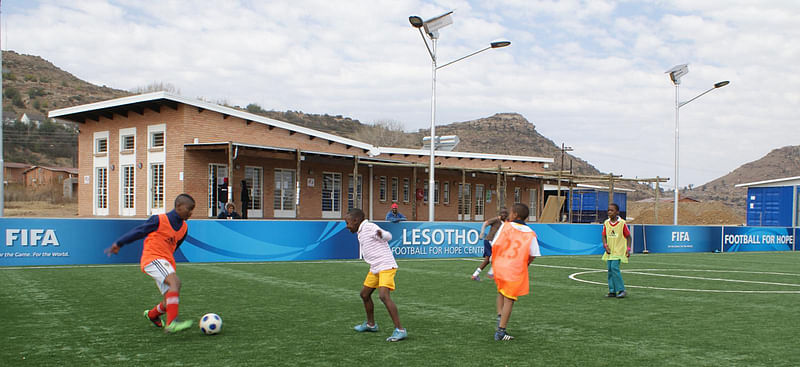
"With the completion of all centres, over 20,215 children are now actively involved in sports and after school programs. These children now have access to a safe place to play, socialize and learn in their community. However, the impact of this program is much broader and reaches a multitude of different fields like health education, economic development, safety, gender equality, and community empowerment."
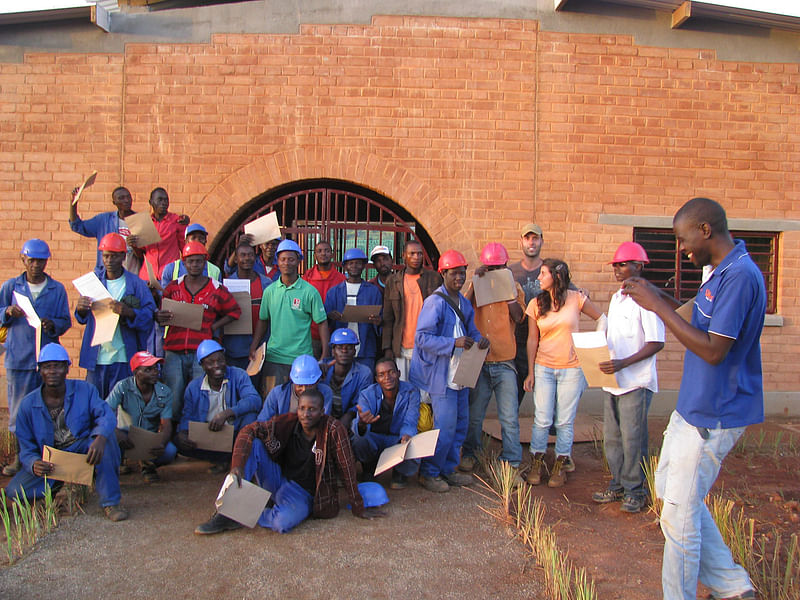
"In Khayelitsha, South Africa, the Football for Hope Centre is part of a larger master plan project for the township near Cape Town to develop safe corridors with “active boxes” conceived as hubs of 24/7 activities. The long-term impact has been tangible: in almost ten years the township’s murder rate has dropped 33%. While crime rates in general have decreased, access to health, education and economic opportunities are on the rise."
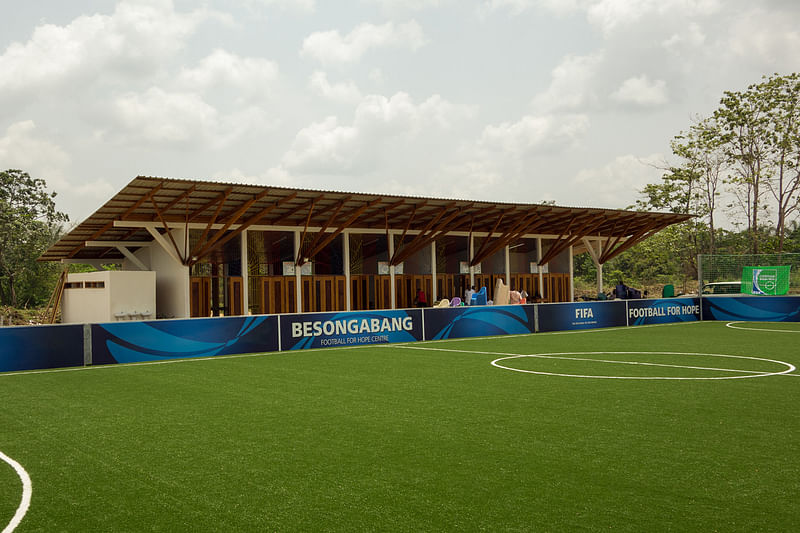
"In Mozambique, the centre had a direct impact on the economic development of the community. The site workers were trained during construction on a new building technique using compressed earth blocks instead of fired bricks, which in the region contribute to extensive deforestation. When the project was complete, the workers continued producing the compressed blocks in an effort to start a new business of their own. They are now receiving private orders for brick production and developing the local economy."
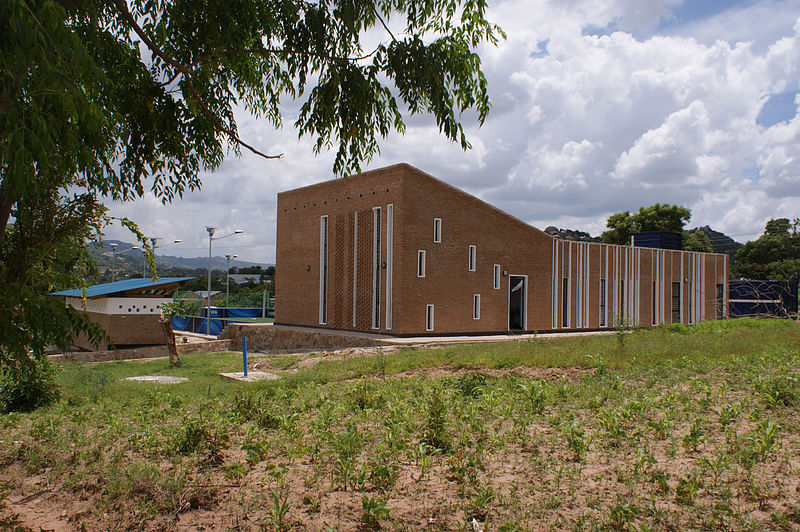
"Most of all, the centres have brought hope and pride to the communities. By being involved in the project since the start and seeing the end result, a beautiful and innovative facility, the centre hosts see the potential of their own community and bolster a sense of dignity."

""Manica Football for Hope centre was built using the Manican soil by the Manican community members to highlight the fact that the Centre completes the long dream and desire to empower the Manican Youths,” Chote Cover, Gruopo Desportivo de Manica, Centre Manager."

"Following the success of this exceptional program, Architecture for Humanity is developing new Sports for Social Change programs to bring more active spaces to youth and communities around the world. The organization strongly believes in the power of sports as a tool for personal, social and economic development."
All images courtesy of Architecture for Humanity.

Share
0 Comments
Comment as :